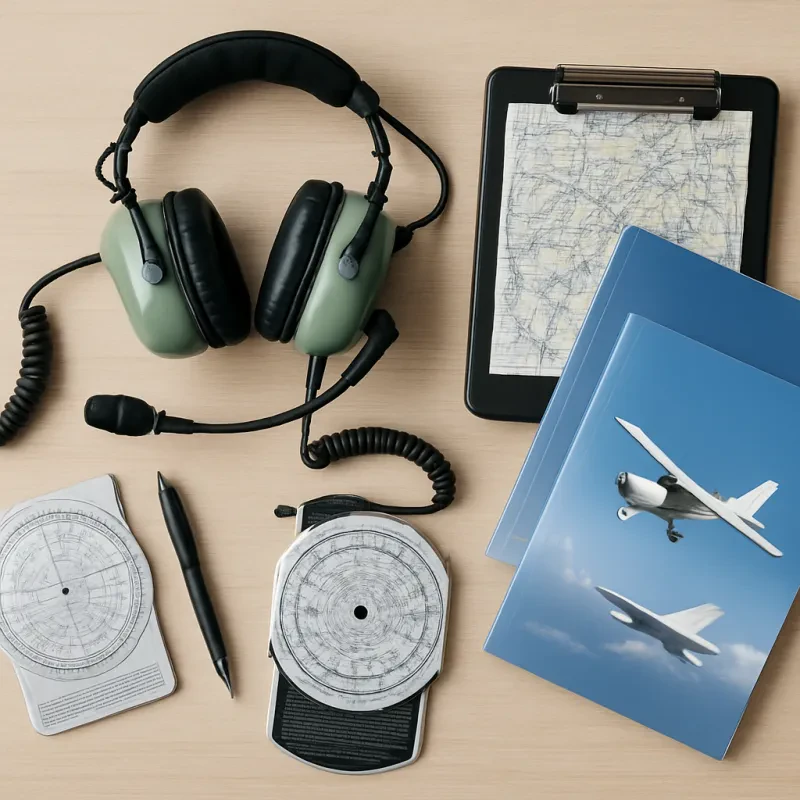First and foremost, it is crucial to check the weather conditions for your flight path. Weather can change rapidly and unexpectedly, so it's important to stay updated on any potential hazards that could affect your journey. Make sure to check for any thunderstorms, high winds, or low visibility that could pose a risk to your flight.
Next, it is important to thoroughly inspect the aircraft for any signs of damage or malfunction. This includes checking the engine, wings, propellers, and instrumentation for any issues that could impact the safety of the flight. It is also important to check the fuel levels and ensure that all other systems are functioning properly before takeoff.
In-Flight Procedures
Once you are up in the air, it’s important to follow specific procedures to ensure a safe and smooth flight. Here are some essential in-flight checklists that every pilot should be familiar with.
Cruise Checklist
During the cruise phase of your flight, make sure to regularly check your altitude, airspeed, and heading. It’s also important to keep a lookout for other aircraft in the vicinity. Make sure all instruments are functioning properly, and periodically check your fuel levels to ensure you have enough for the duration of the flight.
Emergency Procedures
In the event of an emergency, it’s crucial to remain calm and follow the appropriate procedures. Whether it’s an engine failure, loss of communication, or any other unforeseen event, refer to your emergency checklist and take the necessary steps to safely navigate the situation.
Landing Checklist
As you prepare for landing, go through your landing checklist to ensure everything is in order. Verify that your landing gear is down, your flaps are at the correct setting, and your airspeed is within the appropriate range. Communicate with air traffic control and follow their instructions as you approach the runway for a safe and successful landing.
Emergency Protocols
In the event of an emergency while flying, it's crucial for pilots to remain calm and follow proper protocols to ensure the safety of themselves, their passengers, and their aircraft. Here are some essential emergency procedures to remember:
1. Emergency Communication: The first step in any emergency situation is to immediately contact air traffic control to report the issue and receive assistance. Pilots should remain calm and provide all necessary information, such as the nature of the emergency, their current location, and the number of souls on board.
2. Emergency Descents: If a rapid descent is necessary, pilots should follow the established emergency descent procedures for their specific aircraft. This typically involves reducing power, adjusting the aircraft's pitch attitude, and descending at a safe but expedited rate to reach a lower altitude as quickly as possible.
3. Emergency Landings: In the event that an emergency landing is required, pilots should choose a suitable landing site and follow the emergency landing checklist provided by the aircraft manufacturer. This checklist typically includes steps such as securing loose objects, shutting off fuel and electrical systems, and preparing passengers for impact.
4. Emergency Equipment: Pilots should be familiar with the emergency equipment onboard their aircraft, including fire extinguishers, oxygen masks, life vests, and emergency exits. In the event of an emergency, pilots should refer to the aircraft's emergency procedures manual to ensure the proper use of this equipment.
Post-Landing Checklist
After successfully landing your plane, there are a few important tasks you must complete before shutting down the aircraft. These tasks ensure the safety of you, your passengers, and your aircraft, as well as help maintain the overall efficiency of your flight operations. Here is a handy post-landing checklist to keep you organized and on top of your game.
First and foremost, it is crucial to notify air traffic control (ATC) of your successful landing. This not only lets them know that you have safely arrived at your destination, but also allows them to clear the runway for other incoming flights. Make sure to switch to the ground frequency and let ATC know your intentions.
Next, taxi your aircraft to the designated parking area or hangar. Be mindful of other aircraft and vehicles on the taxiways and apron, and always follow the instructions of ground control. Once parked, shut down the engine and complete the shutdown checklist. This includes turning off all electrical systems, securing the aircraft, and ensuring all required documents are accounted for.
Lastly, perform a thorough walk-around inspection of your aircraft to check for any signs of damage or abnormalities. Look for leaks, loose fittings, or any other issues that may have arisen during the flight. Once you are satisfied that everything is in order, secure the aircraft and prepare it for the next flight. By following this post-landing checklist, you can ensure the safety and efficiency of your flight operations.


